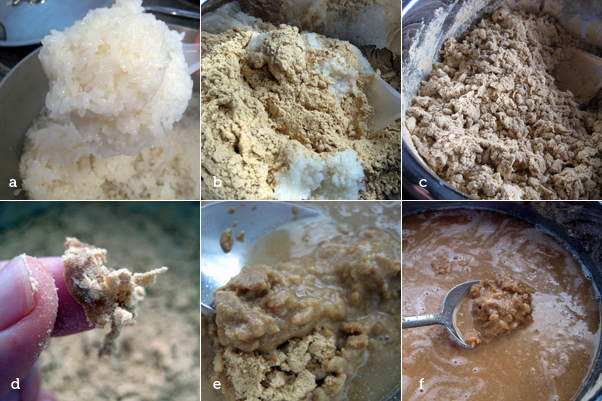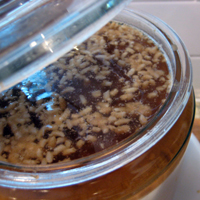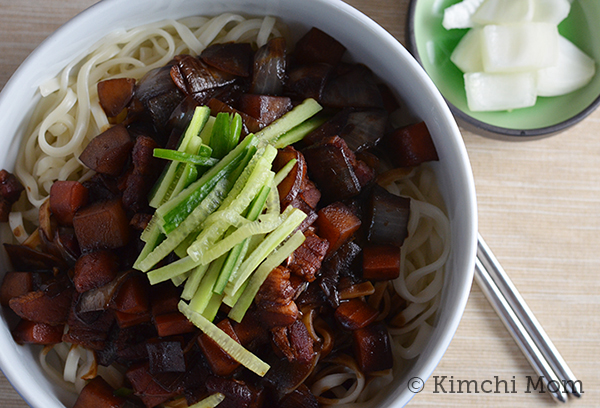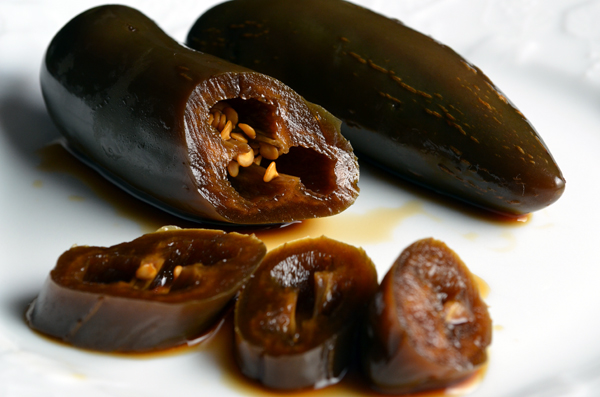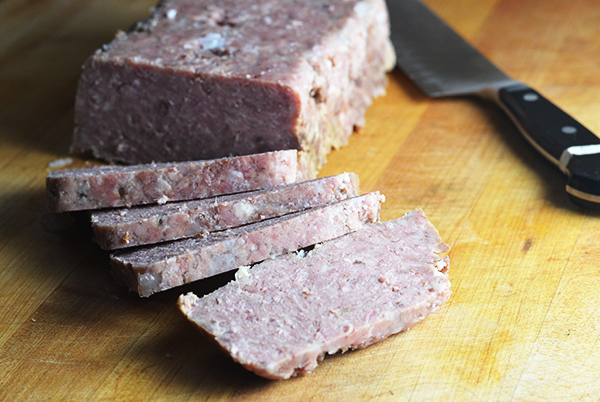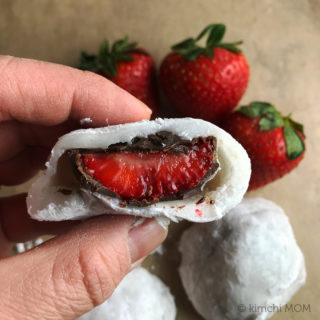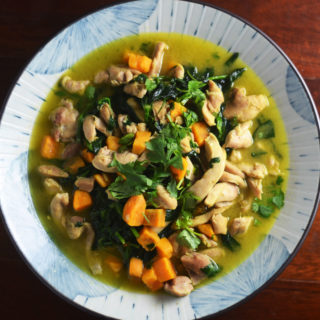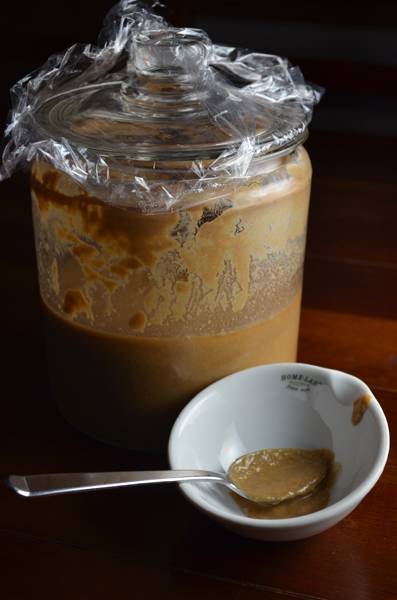 I remember the one summer my halmoni (grandmother) visited us. She and my mom made dwaenjang and it seemed like it took ALL summer. I was actually a bit embarassed by the 3 or 4 glass jars sitting on our back deck displaying the brown chunky contents. Everyday I expected one of our neighbors to bang on our door and complain about the pungent wafts coming from our backyard. Of course, now I realize that it was necessity to have this supply of fermented paste since the closest Korean grocery store at the time was at least 400 miles away.
I remember the one summer my halmoni (grandmother) visited us. She and my mom made dwaenjang and it seemed like it took ALL summer. I was actually a bit embarassed by the 3 or 4 glass jars sitting on our back deck displaying the brown chunky contents. Everyday I expected one of our neighbors to bang on our door and complain about the pungent wafts coming from our backyard. Of course, now I realize that it was necessity to have this supply of fermented paste since the closest Korean grocery store at the time was at least 400 miles away.
Dwaenjang, or fermented soybean paste, is an essential ingredient in Korean cuisine. It serves as a base for many soups and jigaes. It is pungent and varies in color from light brown to a very dark brown. It is very fragrant and adds a richness to dishes with its nutty, salty, and slightly tangy flavors. You either love it or hate it. Some say it’s an acquired taste.
Last summer I was very determined to try a couple of “jangs” from scratch. One was kochujang (fermented red pepper paste) which I posted about a few months ago, and the other was makjang (or what I like to call ‘mock’ jang), the “instant” and lighter version of dwaenjang. Instant being relative. Dwaenjang takes months to mature. Makjang is ready in 10-12 days.
My first attempt making makjang ended up in the trash when a thick layer of white fuzz grew on the surface of the soupy mixture. A couple of weeks later I gave it another try while adjusting the amount of salt and rice and it was a more successful attempt. This was back in October. I’m still enjoying my batch of makjang and using it in soups and jigaes. It’s certainly not as strong in flavor as dwaenjang, but definitely not as mild as Japanese miso (dwaenjang‘s Japanese cousin). If you decide to try this, and use makjang in place of dwaenjang, add and taste often.
Makjang or “instant” fermented soybean paste
Adapted from Growing Up in a Korean Kitchen by Hi Soo Shin Hepinstall
Yields about 1/2 gallon
- 1 1/2 cup uncooked sweet rice (available at your local Korean grocery store or hmart.com)
- 1 teaspoon + 1 cup kosher or coarse sea salt (I used Diamond Kosher salt)
- 1 teaspoon sugar
- 16 oz. package of meju or fermented soybean flour
1 – In a large saucepan, mix the sweet rice and 2 cups of water. Let soak for 1 hour.
5 – In a large mixing bowl, combine the cooked rice and meju powder and mix well.
6 – Slowly add the salted water. Pour a cup at a time and stir. Do not pour in the entire amount of salted water at once. You want the consistency of thick pancake batter. I ended up just adding 3 cups of the salted water.
5 – Pour the mixture into a clean and dry glass or ceramic jar. Cover and let mature at room temperature for about 10 days away from direct sunlight. You will notice some settling. It’s okay to give the mixture a stir every now and then. Just make sure you use a clean metal utensil when you stir.
6 – After about 10 days, be brave and taste the makjang! It should be a bit salty and nutty with a slight tang. The makjang can be stored in the refrigerator for a pretty long time! Please note that the makjang will continue to ferment in the refrigerator, but at a much slower rate.


